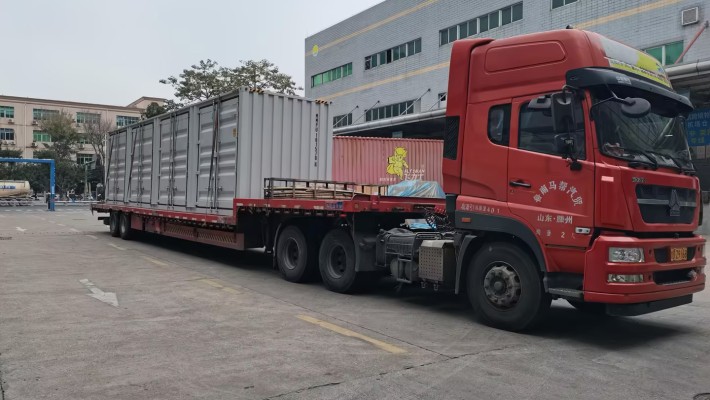Freight Forwarder Insights
Huin International Logistics Latest Articles
The Vital Link: Understanding How Energy Storage and Transport are Interconnected
Since 1990, the transport sector has been the only European sector with an increase in greenhouse gas emissions.
The positive update is that emissions can be minimized. The European Union is putting its efforts towards expediting the reduction of carbon in the transportation industry by utilizing renewable energy sources, specifically with the use of Battery Electric Vehicles (BEVs) and Fuel Cell Electric Vehicles (FCEVs). Energy storage is a key factor in this endeavor. Both BEVs and FCEVs have their respective contributions - BEVs may have a role in certain automotive fields while FCEVs could potentially impact heavy duty transport. But how exactly are energy storage and transportation linked?
The fundamentals: The continent's energy grid is experiencing a growing percentage of renewable sources that fluctuate.
By utilizing energy storage technologies, we can store surplus renewable energy and utilize it during times of low electricity generation or high demand. With the growing integration of electric vehicles into the grid, there will be an influx of additional demand. If all electric vehicle owners charge upon returning home in the evening, this can cause a significant spike in electricity demand. This is where energy storage systems connected to charging points come into play, as they can discharge previously stored energy (e.g. from excess solar or wind power) during these peak periods.
Additionally, alternative methods exist for decreasing expenses and alleviating strain on the energy grid, such as integrating vehicle-to-grid technology. By utilizing electric vehicle batteries as storage units, they not only have the capability to store excess energy for future use, but also contribute to the electricity market by providing services to the grid.
One point to keep in mind is the expected rapid growth of the electric vehicle industry globally. The International Energy Agency predicts that by 2030, there will be a staggering 100-200 million electric vehicles on the road. This trend is fueled by decreasing battery costs and increasing consumer willingness to transition to alternative forms of transportation. Consequently, there will likely be an abundance of used electric vehicle batteries. The question then becomes: how can we guarantee their environmental sustainability?
While recycling is a common solution for vehicles' batteries, as they often contain valuable materials, another option is to repurpose them for a "second-life". Despite being used, old electric vehicle batteries still retain a significant amount of their original capacity (around 70-80%) and can be utilized for energy storage in various settings. This offers benefits for both consumers, who can recover some of their initial investment in the battery, and storage developers, who can acquire batteries at more affordable prices.
In conclusion, energy storage offers advantages to the overall system, consumers, the grid, and the environment.
An essential factor in the decarbonisation of the transport industry, it also minimises expenses for various players throughout the energy supply chain. But what is hindering the widespread adoption of these solutions?
A variety of factors contribute to this issue, such as current fiscal rules and energy taxes that are not beneficial. Furthermore, inadequate charging standards and protocols only add to the problem, while also facing regulatory barriers for second-life batteries. These are just a few instances where improvements can be made. EASE strongly believes that revising the EU regulatory framework is essential in creating an environment that fosters successful commercial business models. We are pleased to see that many policymakers share our viewpoint on this matter.
While some may argue that Europe's priorities have shifted due to the COVID-19 pandemic, we firmly believe that prioritizing ambitious energy transition measures is crucial for a successful recovery. Although the electric vehicle market remains niche, who is willing to bet against its potential for growth?
